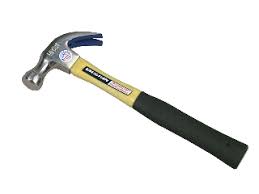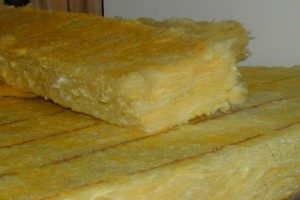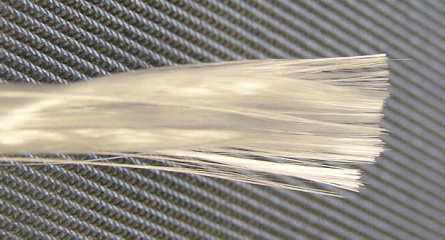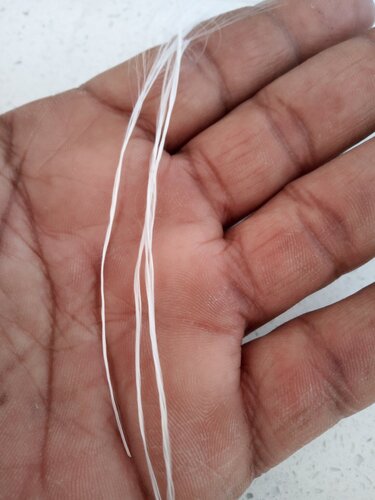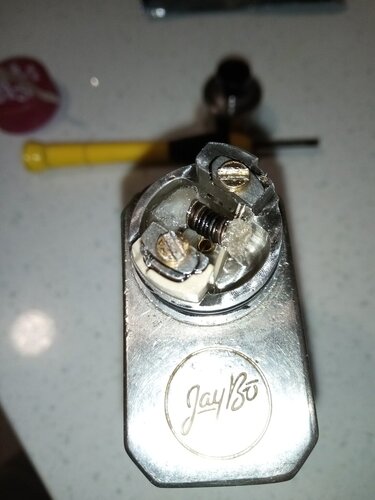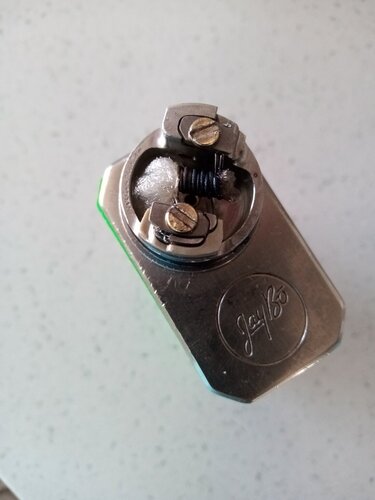Guys please refrain from further personal comments
If you want to continue please take them offline or via PM, not here.
I did ask once before. If this continues we will have to lock the thread.
Please follow forum posting rules.
Thank you
If you want to continue please take them offline or via PM, not here.
I did ask once before. If this continues we will have to lock the thread.
Please follow forum posting rules.
Thank you



